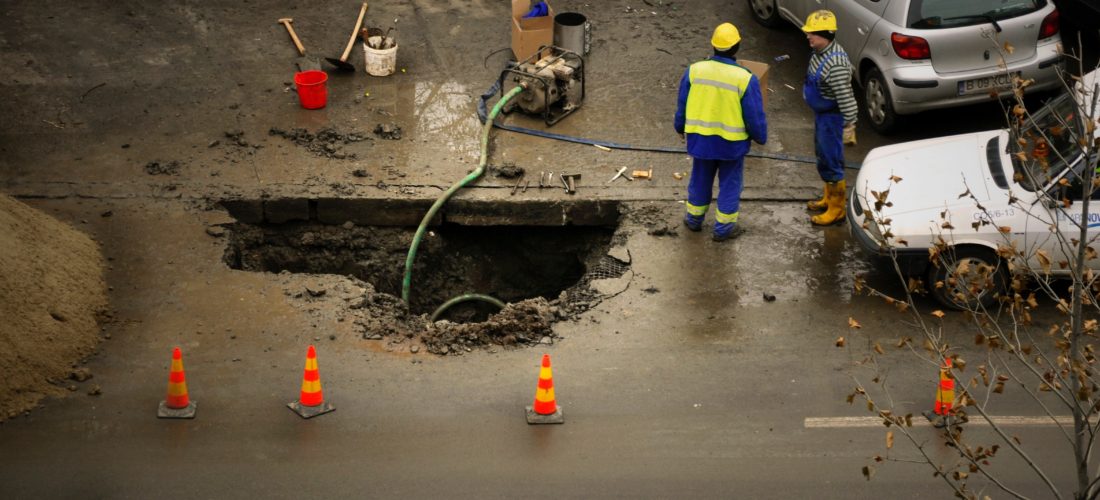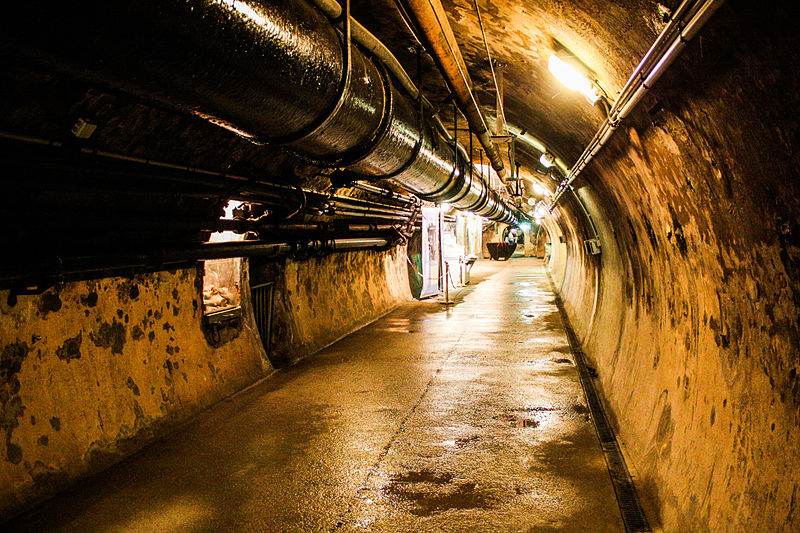
How drainage system works in Singapore
- On January 28, 2020
Have you ever wondered where your dirty water goes to? Or how it travels from the sink and the bathtub to its final destination? And when it finally does travel to its final destination, what happens thereafter?
These are the questions we’ll try to answer in this post, along with the big question of how drainage systems work in a regular Singapore HDB, apartment unit, landed property and just about any home.
Drainage networks explained

Basically, the drainage network and the overall water system in Singapore is one of the most organized and comprehensive in all of Asia, making them one of the few countries that convert used water to potable tap water.
The two sources of used water in Singapore are domestic, which refers to households, hotels, restaurants, shops and the like, and industrial, which refers to factories and manufacturing establishments. Owners of industrial establishments may be required to treat their used water to remove chemicals and other harmful components before they are transferred to the drainage network and sewers. For homeowners, it’s important to ensure that their home plumbing system, including the pipe network is free from water pipe leaking and other plumbing problems.
The drainage system connects used water to the sewers, which can either be public or private sewers. But according to the Sewerage and Drainage Act, even private sewers and drains can be vested to the Government upon a declaration by the PUB or Public Utilities Board after following the requirements of the law. Sewers shall also be constructed within the road reserve, outside any private lands or state land unless the PUB finds it impossible to lay the sewer inside a road reserve. These regulations are all important to properly maintain the drainage system in the whole country.
Where does used water go from the sewers?
From the sewers, part of this treated used water that is safe enough to be sent back to nature is sent to a separate treatment system in the reclamation plants, also called the NEWater Plants, while the others are sent back to the sea.
As of today, there are four water reclamation plants in the whole island. This collected used water from the reclamation plants is treated and reclaimed based on the international standards stipulated by the U.S Environmental Protection Agency and World Health Organisation.
There’s also a government-initiated program where the ‘greywater’ or used water generated from laundries and showers is recycling and treated for non-potable purposes such as landscape irrigation, toilet flushing, floor washing and cooling tower makeup. Discharges from water closets (WCs), urinals and kitchen sinks are excluded from the greywater treatment.
On the other hand, water from the reclamation plants can also be treated further to become NEWater, which is treated wastewater (sewage) that has undergone extensive purification processes via microfiltration and reverse osmosis and the use of ultraviolet technologies over and above the conventional water treatment processes. These extensive processes turn used water into safe and potable water that human beings can consume.
How does Singapore keep the drainage system flow unimpeded?

The Department of Public Cleanliness (DPC) was created within the National Environment Agency (NEA) to combine all the cleaning efforts of public areas. The DPC is mandated to conduct regular cleaning of drains, canals and waterways to ensure that the drainage system is flowing perfectly and that water contamination is avoided.
The DPC follows specified cleanliness standards where regular and thorough nationwide cleaning is included. In line with that, the PUB has also placed litter collection devices on strategic locations of major rivers, canals and drains, and carried out repair and maintenance works on drains, canals and waterways.
With all the phenomena happening around as an impact of global warming, the Singaporean government has never been this proactive in preventing flood from destroying the developments here. As for homeowners like you, there should be enough diligence in maintaining your own plumbing network to avoid any choked bathroom drain, pipe leaks or bursting pipes so we can play our small role well.



0 comments on How drainage system works in Singapore